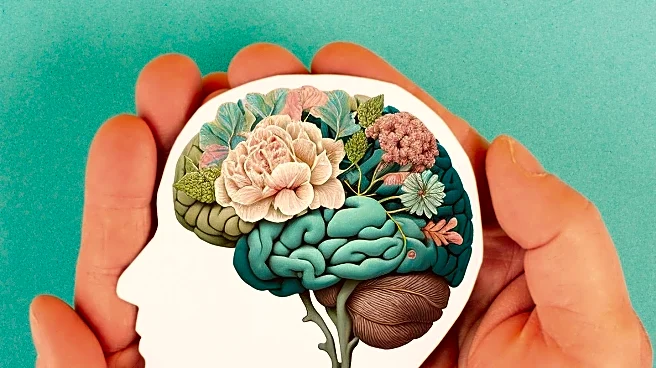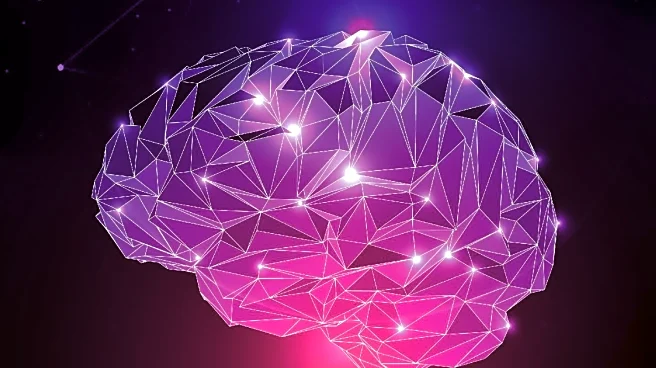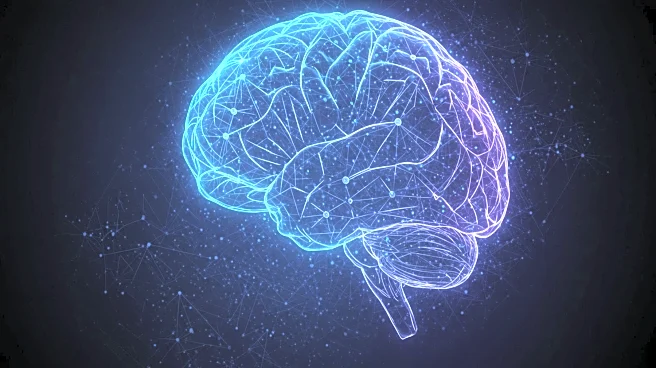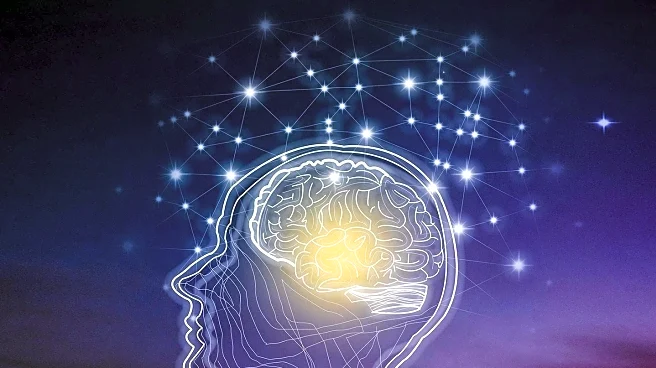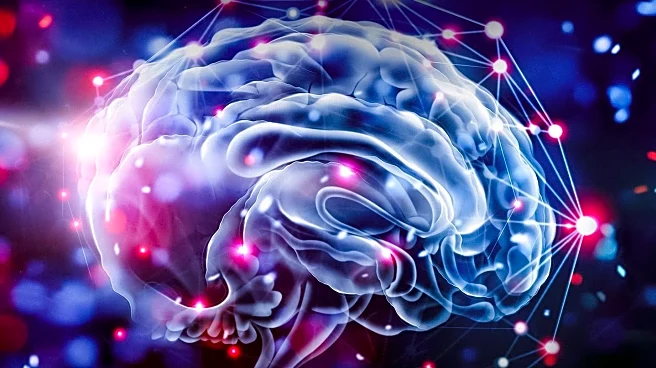What is the story about?
What's Happening?
Researchers from the universities of Cambridge and Pittsburgh have found that the brain's internal map of the body remains unchanged even after amputation. This discovery challenges previous beliefs about brain reorganization and could lead to improved treatments for phantom limb pain.
Why It's Important?
The study's findings suggest that current treatment approaches for phantom limb pain, which focus on restoring representation of the limb in the brain's map, may need to be reevaluated. By understanding the stability of the brain's body map, researchers can develop more effective interventions to alleviate phantom limb pain and improve the quality of life for amputees.
What's Next?
Further research may explore the potential for rethinking amputation surgery, such as grafting nerves into new muscle or skin, to provide a new home for the nerves. Studies could also assess the feasibility of building robotic limbs that connect to the brain, offering hope for improved prosthetic devices.
Beyond the Headlines
The study raises ethical considerations regarding the use of brain imaging and its implications for patient care. It highlights the potential for personalized medicine to transform treatment approaches for amputees, offering hope for improved quality of life. The findings may also influence public policy on research funding and support for innovative therapeutic approaches.
AI Generated Content
Do you find this article useful?
